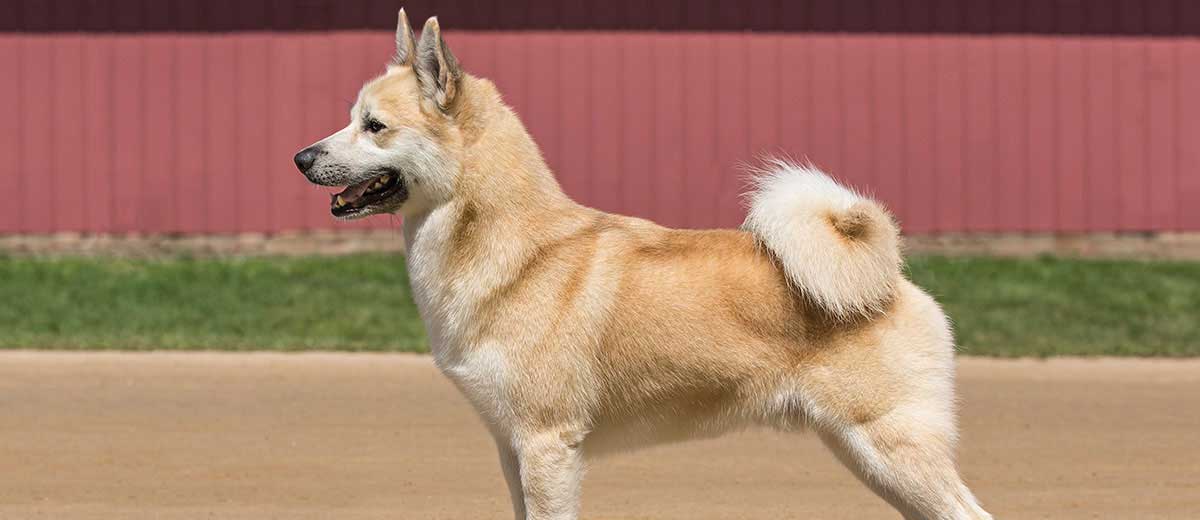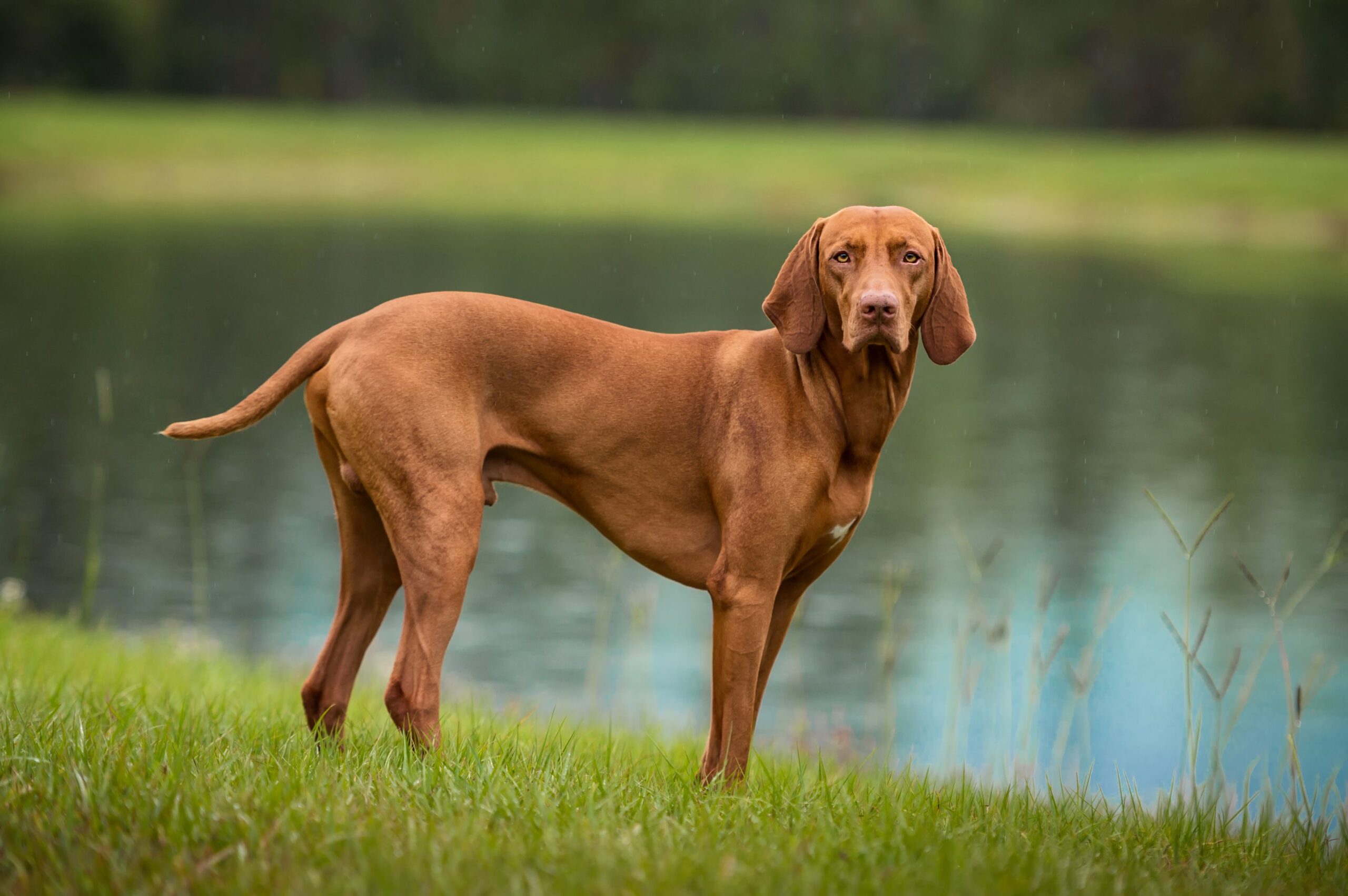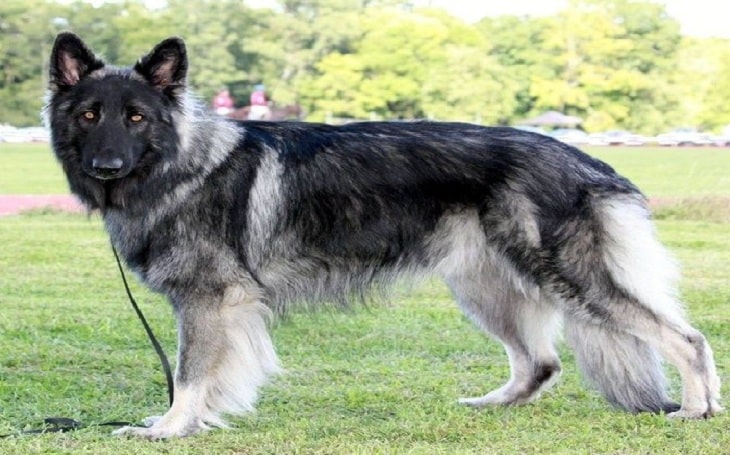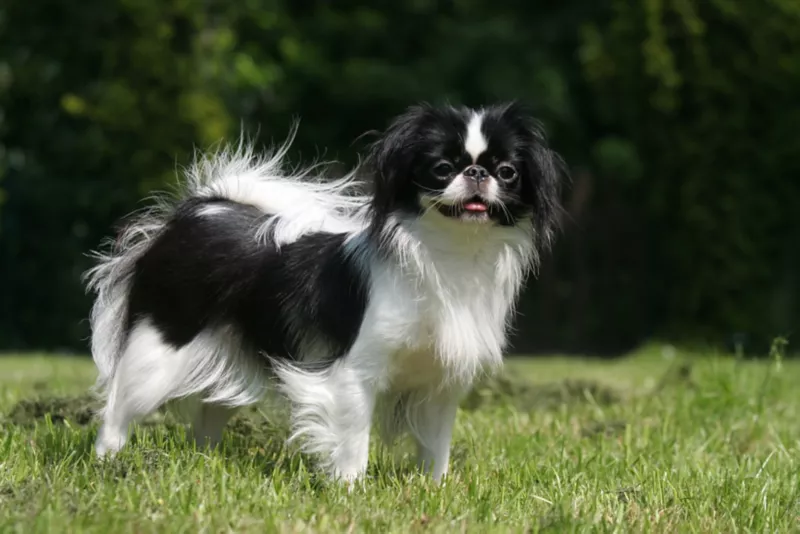Introduction
The Norwegian Buhund is a medium-sized, spitz-type breed of dog that originated in Norway. Bred as a herding dog, the Norwegian Buhund is known for its intelligence, agility, and versatility. With its thick double coat and curled tail, the Norwegian Buhund is a striking and handsome breed. These dogs have a lively and energetic nature and make excellent family pets for active individuals and families. They are known for their loyalty, affectionate personalities, and love of playtime.
Norwegian buhund Temperament
Norwegian Buhunds have friendly, energetic, and intelligent personalities. They are loyal and affectionate with their families, but can be reserved with strangers. They are independent and need consistent training, but are generally good with children and other pets. They make great outdoor companions for active families.
Aggression

Aggressive behavior in Norwegian Buhunds can be caused by a variety of factors, including genetics, lack of socialization, fear, and anxiety. Although not a common trait in the breed, some individual dogs may display aggressive behavior if they feel threatened or are not properly trained. Signs of aggressive behavior in Norwegian Buhunds can include growling, barking, biting, and snapping.
Health and Lifespan
The reported lifespan range of Norwegian Buhunds is typically between 12 to 15 years. However, individual lifespan can vary depending on genetics, diet, exercise, and overall health. To ensure a long and healthy life for your Buhund, it’s important to provide proper care, regular veterinary check-ups, and a healthy lifestyle that includes plenty of exercise and a nutritious diet.
Food for Norwegian buhund
The best food for a Norwegian Buhund is a high-quality, nutritionally balanced diet that meets their specific needs as a medium-sized breed dog. Look for dog food that is formulated with high-quality protein sources, such as meat or fish, and contains essential vitamins and minerals. It is important to avoid dog food that contains fillers, artificial preservatives, and artificial colors, as these can be harmful to your Norwegian Buhund’s health.
Training for Norwegian buhund
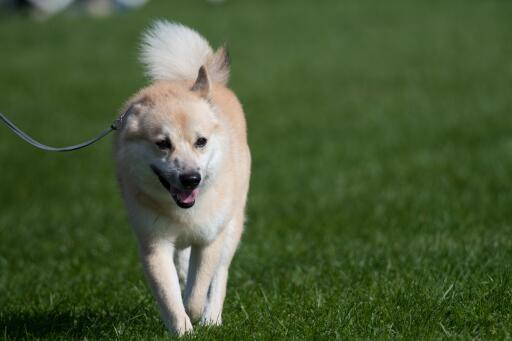
Training a Norwegian Buhund requires patience, consistency, and positive reinforcement techniques. These dogs are intelligent and independent, so it’s important to establish a leadership role early on in training.
Socialization is also important for Norwegian Buhunds, as they can be reserved with strangers and other animals. Early exposure to a variety of people, places, and animals can help to prevent fearfulness and aggression.
Conclusion
In conclusion, the Norwegian Buhund is a versatile and intelligent breed of dog that can make a wonderful family pet for active individuals and families. While they may not be as well-known as some other breeds, Norwegian Buhunds are known for their loyalty, affectionate personalities, and love of playtime. When it comes to caring for your Norwegian Buhund, providing a high-quality, nutritionally balanced diet, regular veterinary check-ups, and plenty of love and attention can help ensure that your furry friend lives a happy and healthy life as a cherished member of your family. With proper training and socialization, Norwegian Buhunds can make excellent companions and bring joy and companionship to their owners for many years to come.
